Brief: Protecting a collection of several hundred two-dimensional and three-dimensional historical and contemporary artworks during the refurbishment of the British Embassy and adjacent Chancery Building, Paris, including the delivery of three new collection displays.
Time frame: 3 years completed after 5 years.
Prestigious buildings are often bejewelled with important works of art and antiquities, and so is the former Hotel Charost at 39 Rue de Faubourg, St. Honore, an 18th Century Grand Maison only a few doors away from the Palais Elysee. The building was envisioned and constructed in 1720 by Antoine Mazino for the duc de Charost, who sold the stately property in 1803. After Napoleon Bonaparte proclaimed the First Empire in 1804, his Italian sister Pauline Borghese became the imperial princess. It was decided she would reside in this formidable estate from which she ran a small, fully functional court. When Bonaparte was exiled to Elba, the princess was forced to join her brother.
British Embassy Paris
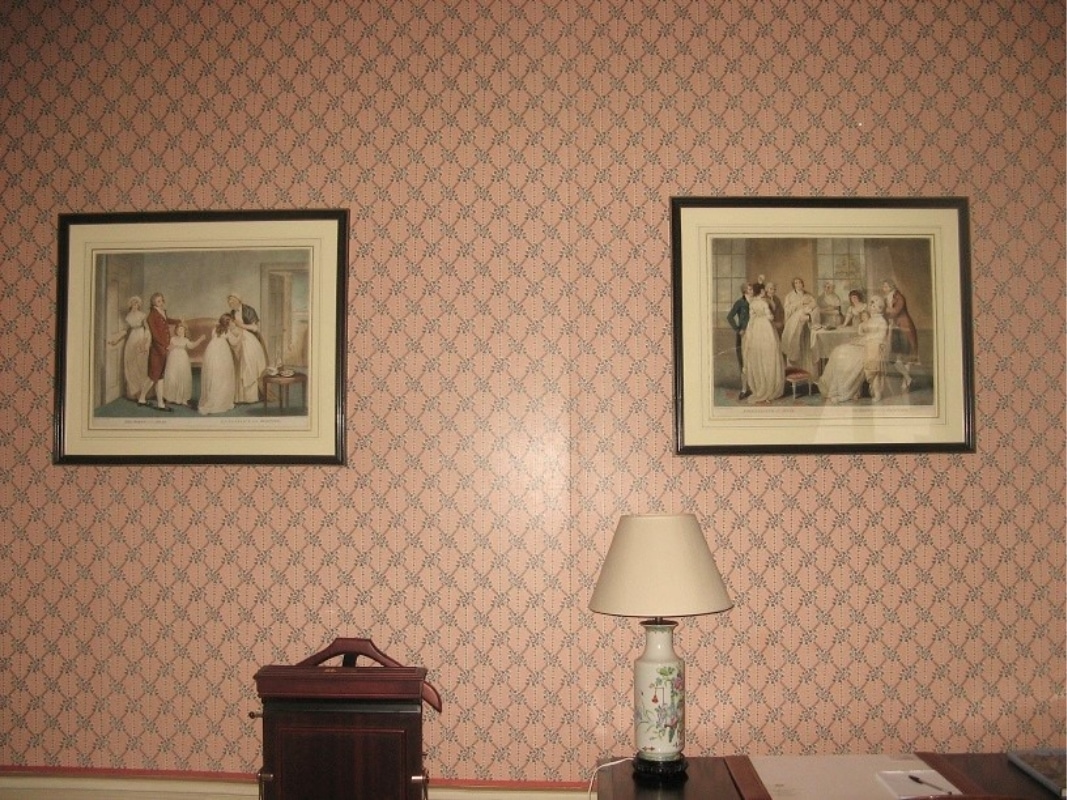
Monson Room, Diplomatic Quarter.
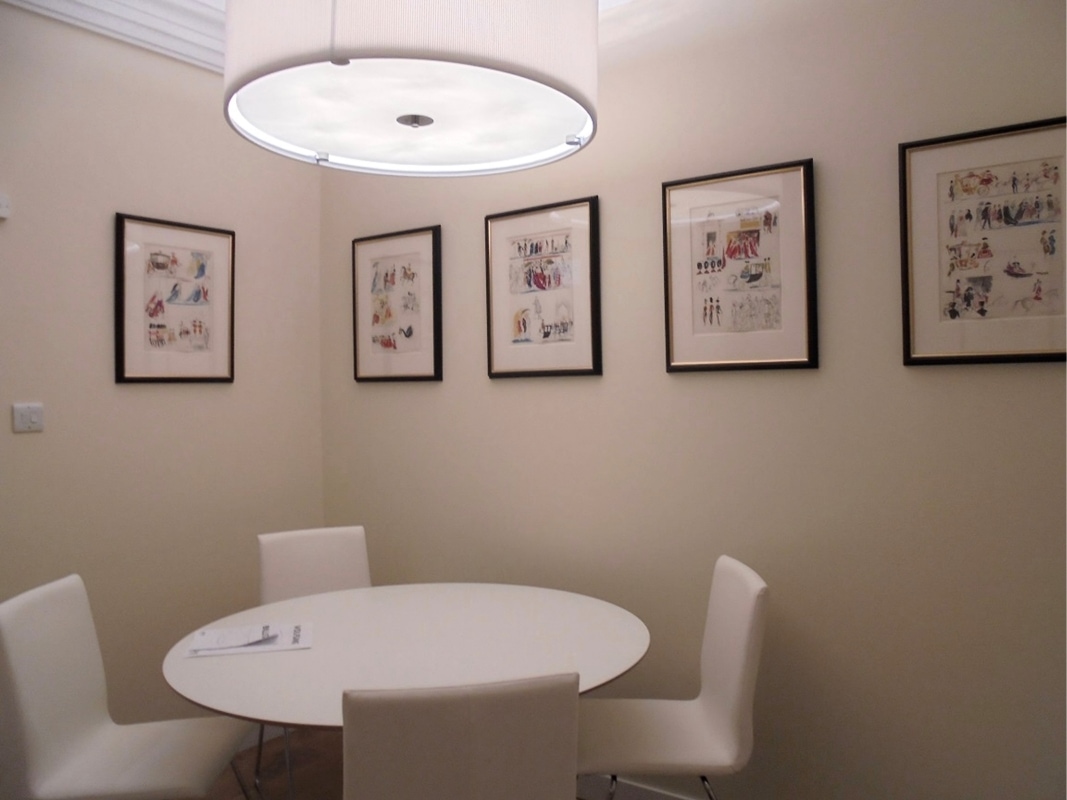
Tea Point, Diplomatic Quarter.
In 1824, the Duke of Wellington acquired the residence, where he lived and worked as the British Ambassador to France, at the court of Louis XVIII. It was the first embassy building the British Government purchased.
Over the past two hundred years, the building and its valuable content experienced many changes and various turbulent periods; nevertheless, they were continuously maintained and cared for. However, the property needed a major overhaul, as it looked worn and tired since its last renovation in the 1980s; specifically, the electrical systems were outdated and needed replacing.
The commencement of the project in 2017 ushered in intensive tendering processes and negotiations, appointing relevant companies, experts, and consultants. It was agreed that the assignment would be managed in several phases and entailed working closely with embassy staff, the Foreign Commonwealth and Development Office, the Government Art Collection, architects, contractors, and various other service providers.
At the beginning of the project, the focus was on the accommodation of the deputy head of mission, who was temporarily relocated to a diplomatic apartment in Paris. The fine art displayed in this lodging was condition checked and stored in a specific secure and temperature-controlled area. However, some contemporary pieces were moved and installed in the new home, and others were returned to a lender in the UK.
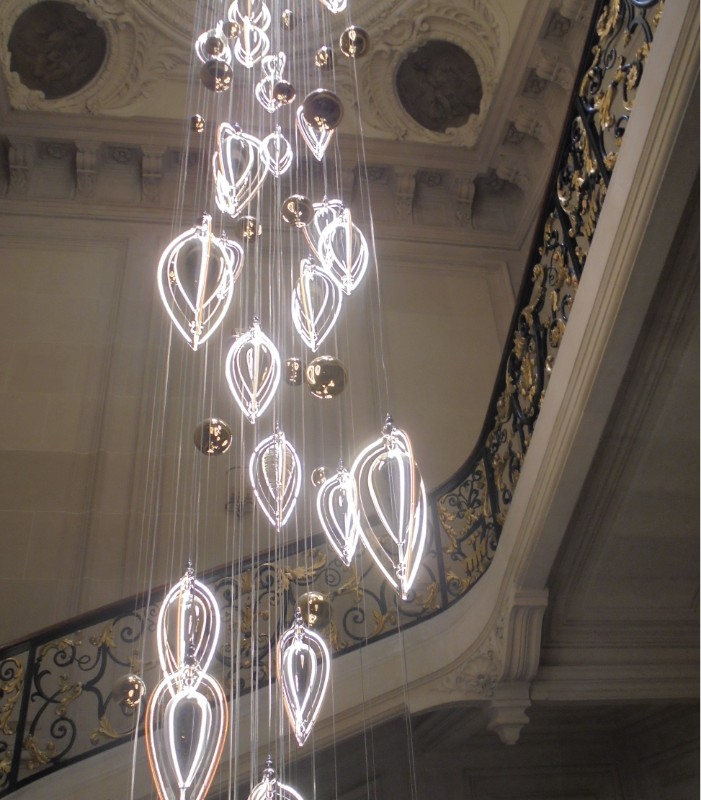
Chancery Stairway, newly commissioned chandelier.
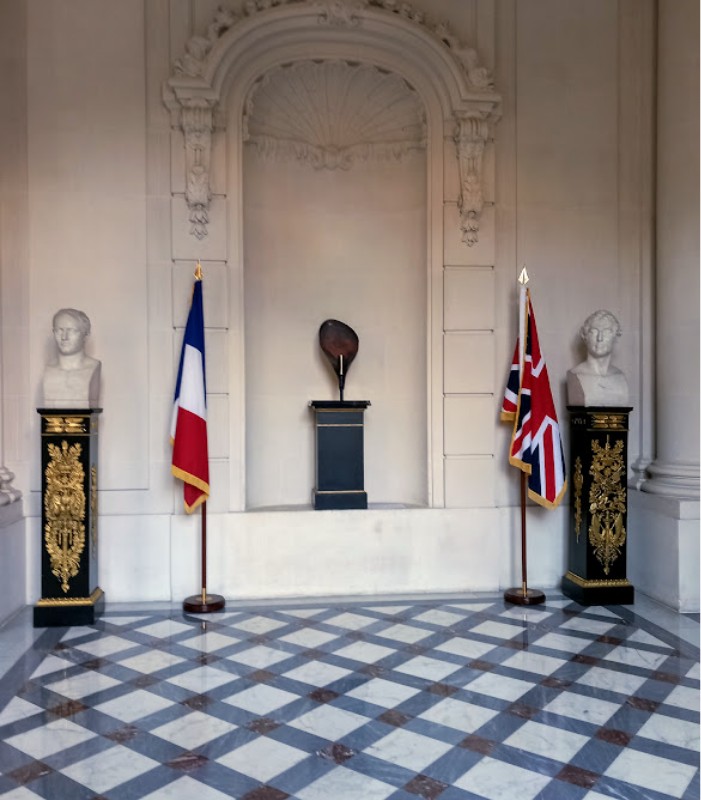
Great Hall, Heatherwick Studio, Pedal, 2012, from the London Paralympic Coldron.
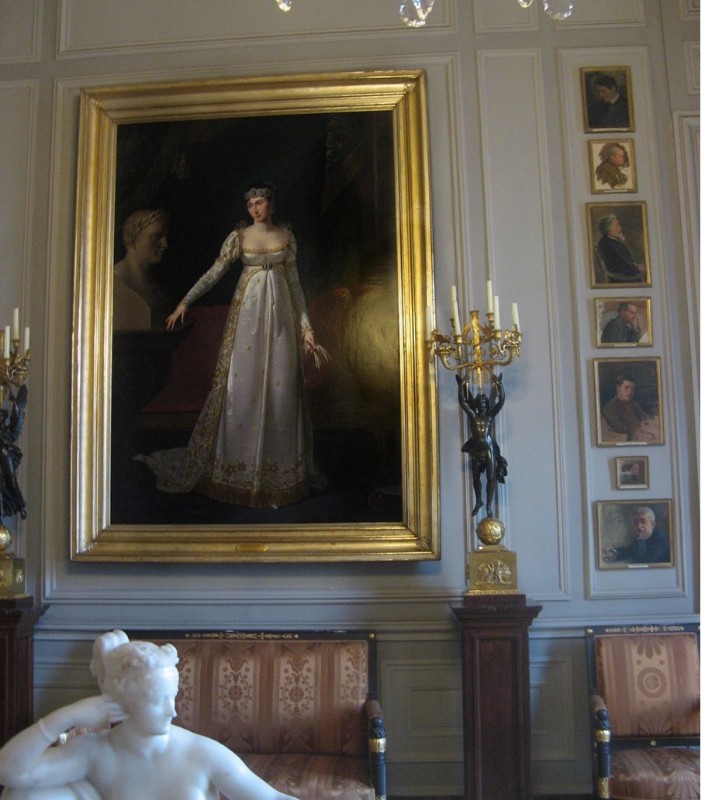
Ante Room, Pauline Borghese.
In January 2018, the diplomatic quarters and private apartment of the ambassador and his family were next in line, starting phase 3. In this instance, we were handling historical artworks. The same routine was followed, with the artworks being condition checked and stored in a temperature-controlled area onsite; none of these objects were shown in other locations. Several conservation treatments were carried out, including the reglazing and reframing of works on paper. These tasks were completed to schedule, and the team advanced to the state rooms and ambassador’s office on the first floor. This time, the art collection was comprised of a large number of portraits depicting politicians, royals, generals, and dignitaries, including some landscapes. The standard procedure was followed, and the artworks were examined, packed, and moved into safekeeping until the outdated electrical systems were replaced.
The final part of the project involved the reception, cloakroom ballrooms, staterooms, dining rooms, and glazed galleries on the ground floor, which included historical sculptures, reliefs, paintings, etchings, drawings, and a selection of contemporary art. Apart from the fine art collection, a large group of impressive crystal chandeliers had to be removed and refurbished with modern electrical systems. Despite various unforeseen operational issues and health & safety obligations, the first part of this assignment was completed on the dot.
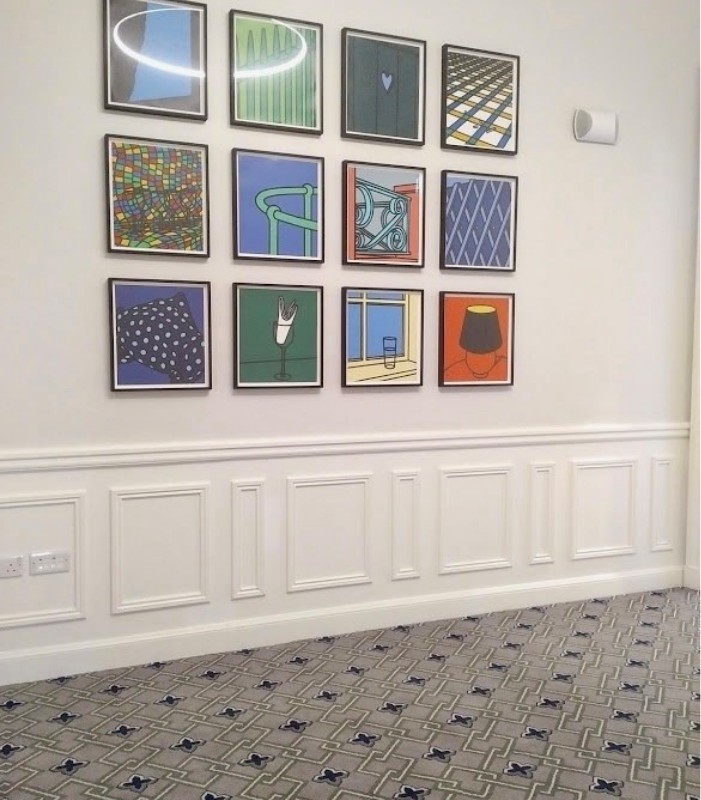
Patrick Caufield, series of 12 screen prints, 1973.
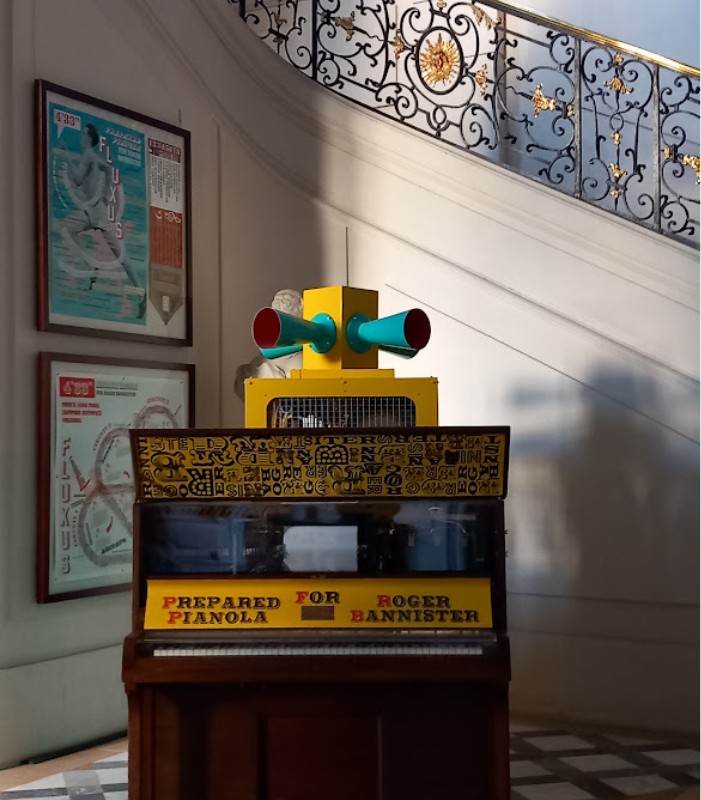
Great Hall, Mel Brimfield, Prepared Pianola for Roger Bannister, 1976.
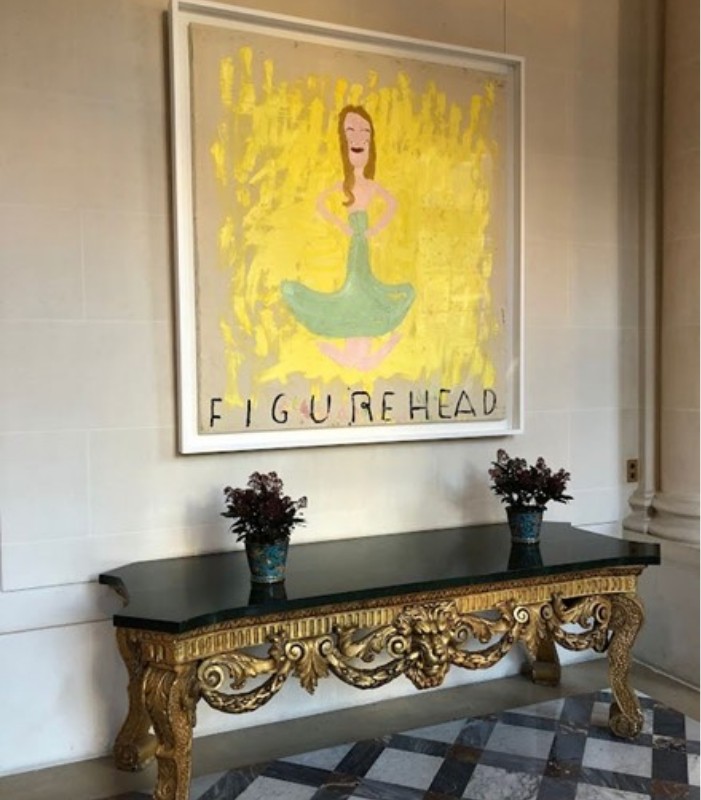
Great Hall, Rose Wylie, Figurehead, 2017.
The second part of the brief focused on the official offices of the embassy “The Chancery.” We applied the same process for the collection care and delivered a completely new art display, including only a few of the artworks that were already in Paris, as they suited the new curatorial concept. Modern furniture and carpets were acquired, and a stunning contemporary chandelier for the remarkable stairway in the Chancery reception was commissioned. During this period, we also welcomed a newly appointed ambassador and deputy head of mission and provided two additional displays comprised of a selection over 120 artworks, with a strong focus on contemporary female artists.
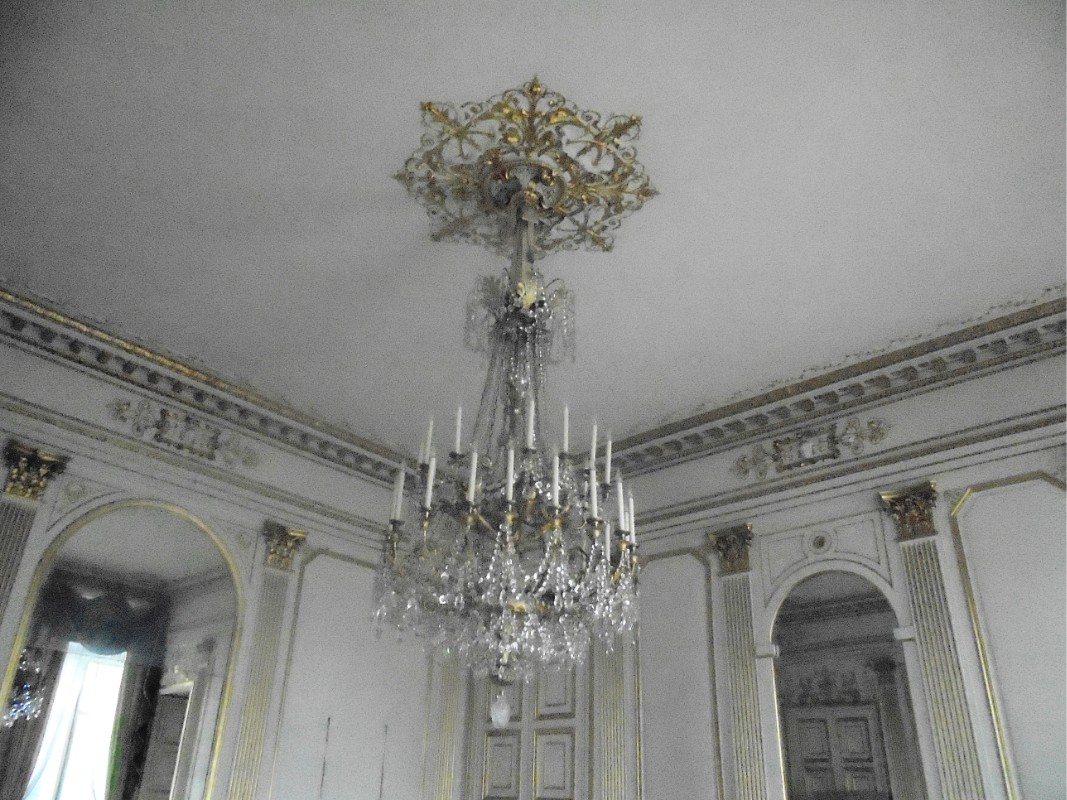
Chandelier.

Garden, Shirazeh Houshiary, The Extended Shadow, 1994.
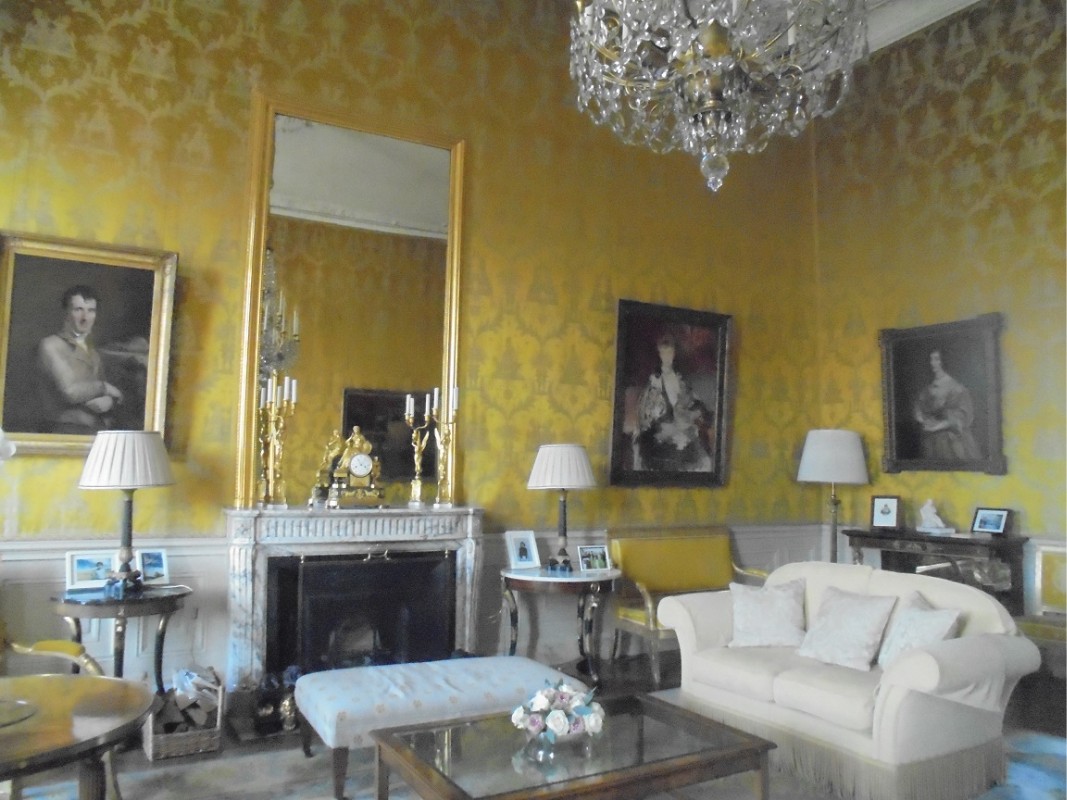
Salon Jaune.
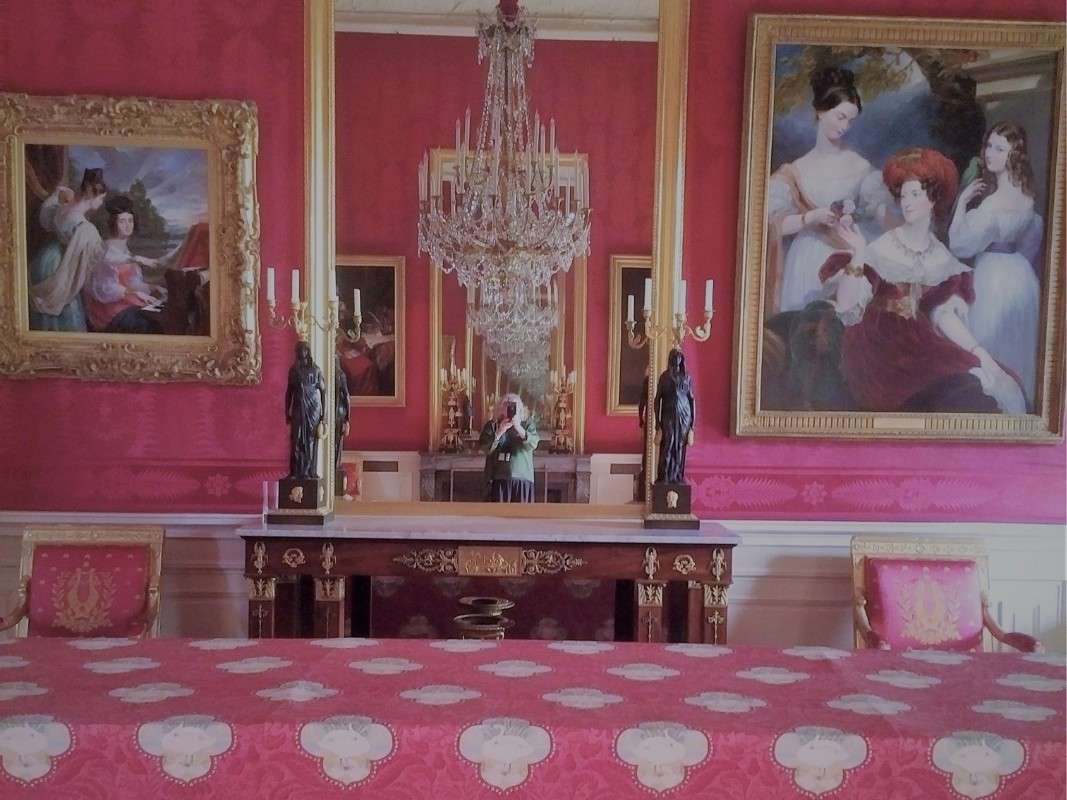
Salon Rouge.
Just like everybody else, we were seized by the pandemic. Needless to say, due to various lockdowns and travel restrictions, we were unable to complete the scheme as planned in June 2020. In fact, it took almost an additional two and half years to finally accomplish the mission. The extensive overhaul required detailed discussions, negotiations, clear communication and schedules, attention to budgets and detail, patience, and flexibility from all involved parties. It is rewarding when a complex project is successfully concluded, inspiring confidence and instigating innovation in future engagements.
©Renée Pfister, 2023